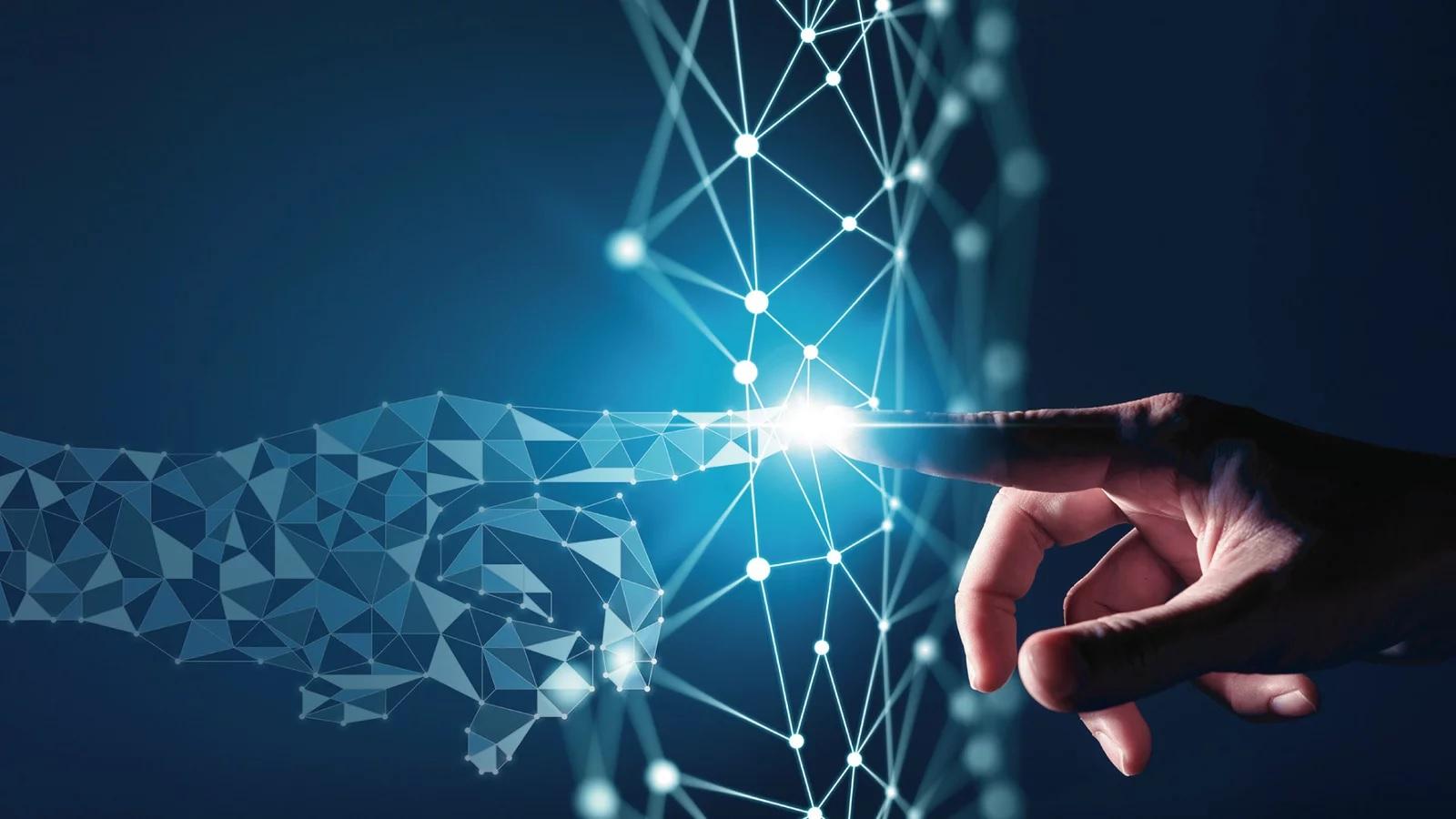AI has emerged as a powerful force of transformation, revolutionizing numerous sectors, and breathing new life into traditional processes. From healthcare and finance to transportation and manufacturing, the influence of AI is undeniable. But what about the creative industry? How can this revolutionary technology, with its computational prowess and ability to mimic human intelligence, contribute to and enhance the world of art and innovation?
Before diving into AI’s potential in the creative realm, let’s take a step back and understand the creative industry’s traditional processes. For centuries, artists and innovators have relied on their inherent abilities, honed skills, and manual techniques to craft their masterpieces. From painters meticulously blending colors on a canvas to musicians pouring their souls into compositions, the creative process has long been rooted in human intuition and expertise.
AI in Visual Arts
Applications of AI in Visual Arts, Such as Image Generation and Style Transfer: AI’s impact on visual arts extends across various applications. One prominent example is AI-powered image generation, where algorithms can create entirely new and visually stunning images from scratch. These AI-generated artworks range from abstract compositions to realistic renderings, showcasing the potential of AI to produce visually captivating and thought-provoking pieces.
Another notable application is style transfer, where AI algorithms can extract the unique style elements of one image and apply them to another, resulting in striking and unexpected combinations. This technique allows artists to explore artistic fusion, reimagine established styles, and create visually compelling artworks that merge diverse influences.
The Intersection of AI and Traditional Artistic Techniques: The intersection of AI and traditional artistic techniques is an intriguing aspect of AI’s impact on visual arts. Rather than replacing traditional methods, AI serves as a complementary tool that expands artistic possibilities. Artists can incorporate AI algorithms into their creative processes, using them as a source of inspiration, experimentation, and refinement. This collaboration between AI and traditional techniques unlocks new avenues for artistic expression, where human intuition and expertise merge with AI’s computational capabilities.
For example, an artist may use AI to generate a base structure or form, which they can then refine and add their personal touch to, creating a harmonious blend of human artistry and AI-generated foundations.
Ethical Considerations and Debates Surrounding AI-Generated Art: The rise of AI-generated art has sparked ethical considerations and debates within the art community and society at large. One prominent concern is the attribution of authorship and the blurring of lines between human and AI contributions. Questions arise regarding the extent to which AI-generated artworks should be credited to the artist, the AI system, or both. Additionally, issues surrounding the originality and uniqueness of AI-generated art emerge, as AI algorithms often learn from existing visual datasets, potentially leading to derivative or unoriginal works.
To Know More, Visit @ https://ai-techpark.com/ai-empowering-artists-and-innovators/
Related Articles
